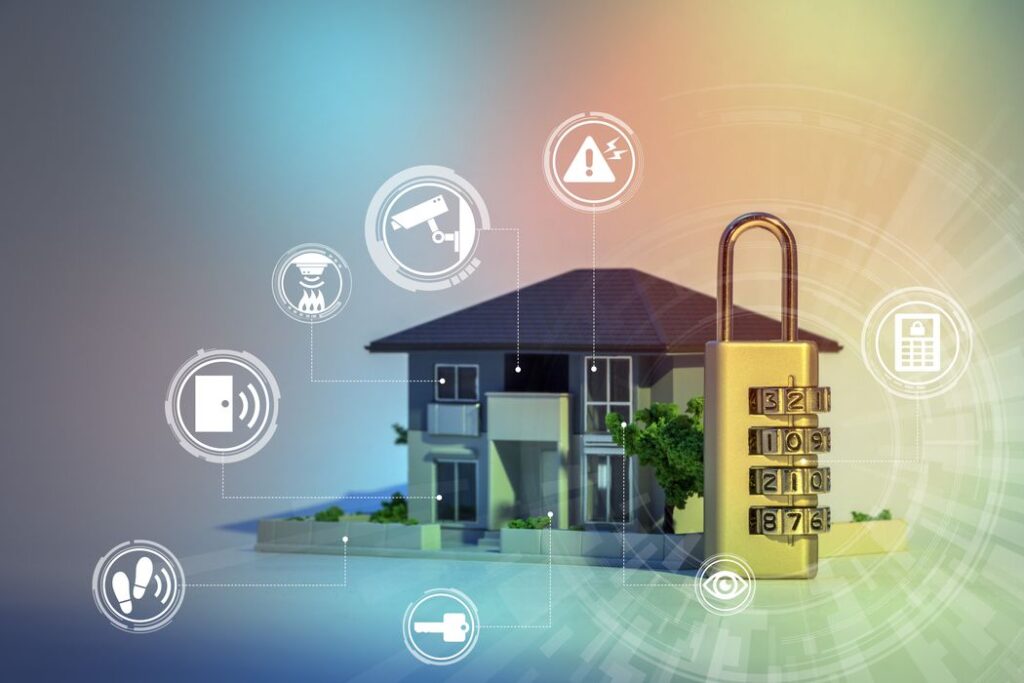When a business or homeowner purchases a security system, they want alarms that will immediately make a difference. In particular, those with monitoring services will expect that the alarms installed will instantly lead to an alert with the monitoring company and resulting emergency response. After all, that’s how the building is protected, and the damage is neutralized.
But here we run into an issue: Alarms like fire alarms aren’t “instant” in the way that clients are thinking. In fact, most fire alarms, especially those connected to professional monitoring services, have a built-in delay before they take action. Some delays last up to four minutes, or even longer, before the siren sounds or before an alert is sent out. This is sometimes called a dialer delay, as seen with Alarm.com’s Crash & Smash monitoring.
When explaining the technical details to clients, this isn’t exactly a major selling point. But if it does come up, here’s how to explain it and what those delays are included for.
Time for the Alarm to Confirm an Emergency
In many cases, the alarm has built-in safeguards to prevent it from going off too easily. These include additional sensors that need to be activated or sensors that need to be activated a certain number of times within a short period so that the state (like the presence of smoke) can be effectively confirmed. These are very basic delays that help decrease the frequency of false alarms – if the alarm cannot confirm an issue again after the delay, it simply won’t send alerts or sound off.
This is particularly important for many commercial buildings that may experience significant problems when an alarm sounds, and everyone has to take action. Take a factory or warehouse, for example: Something like a fire alarm will shut all activity down for a significant period of time. If that alarm is false, then the building loses valuable production time to meet its goals or is suddenly behind on shipping delivery times that were promised. A few false alarms a year can mean big losses for a company, so many choose alarm systems that have built-in delays.
Or consider buildings where evacuation is particularly difficult or even dangerous. What happens when an alarm sounds for an airport to be evacuated? Everyone has to go back through security, all flights are delayed, and everyone loses time, money, or both. Or when a hospital has to evacuate, patient lives could be put at risk or contagions could spread. So, it makes sense for these larger commercial buildings to accept alarm delays and confirmations to avoid any unnecessary actions.
Monitoring Company Efficiency
Residential alarms typically have built-in delays as well, specifically before the alarm sends an alert to a monitoring station for further investigation. At first this may seem like a serious disadvantage to a homeowner, since a fire can spread very rapidly in only a few minutes, or a potential burglar may have time to steal items or escape.
However, from the monitoring company’s point of view, it’s still necessary to include delays so that the organization remain as efficient as possible. A monitoring station can only support so many responders at a time, so their ability to handle every alarm alert is limited. Even a false alarm for something like a fire can take several minutes to deal with – which is time that the responder could otherwise be spending helping address a real emergency. So, from the monitor’s point of view, delaying alarms actually helps increase response time for real emergencies. If it’s been a couple of minutes and the alarm is still sounding, it probably wasn’t a false alarm and needs attention.
If this is unacceptable to certain owners who want immediate action, you can advise them to look for a company that offers monitoring services without delays. Recommend a specific brand yourself if you know that they don’t use built-in delays. When in doubt, call and ask directly.
Avoiding Fees and Fines
Monitoring companies, businesses, and homeowners may all have to pay fees related to false alarms as well. These fees can start up to several hundred dollars, and typically increase as the number of false alarms grows, representing serious and annoying expenses. Delays can also help cut down on these fees and save money over time.
Cases of an Active Shooter
While fortunately rare, alarm designs – especially in public places like schools – must also take into account the possibility of an active shooter. In some cases, active shooters have been known to purposefully activate alarms to draw people into hallways or other areas where it is difficult to escape. Because of this, certain alarm systems come with delays so that a possible shooter cannot activate an alarm at will for a specific time, disrupting their plans.
Final Notes
Alarm system delays exist to help cut down on the problems associated with false alarms. If this is disturbing to a client that wants an installation, explaining the process may help alleviate the issue. Otherwise, you can also recommend DIY alarm and security cam combinations that send immediate alerts directly to user phones so they can decide for themselves. You can also recommend a monitoring service that does not use delays: American Alarm and Communications is one example of a company that specifically does not delay alarm responses.






